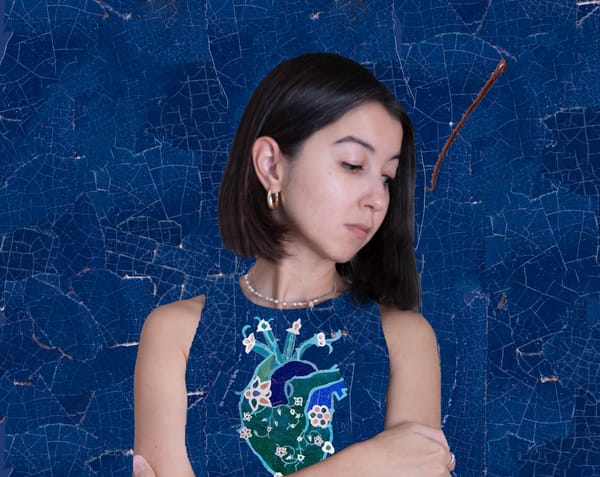Shows
Guide to the 60th Venice Biennale: National Pavilions and Collateral Exhibitions

Now in its 60th edition—and still the biggest event in contemporary art—this year’s Venice Biennale returns on April 20 and will feature 332 artists and groups from across the world, including 90 national pavilions and more than 30 collateral events. The central exhibition, themed “Stranieri Ovunque – Foreigners Everywhere,” is curated by Adriano Pedrosa, the first artistic director to hail from South America. As the title suggests, “Foreigners Everywhere” not only intends to provide a survey of itinerant artists but to demonstrate how differences are produced and enacted across subjectivities—from diasporic and queer experiences to those of outsider artists. Beyond the Giardini and Arsenale, AAP editors have compiled a comprehensive guide to the national and collateral pavilions, which strangers, foreigners, and travelers from all over the world will converge upon. Stay tuned for our guide to solo exhibitions and group shows, to be published later this week.
National Pavilions & Collateral Exhibitions

Armenia
Echo
Magazzino del Sale no. 3, Dorsoduro 264
Paris-based Armenian artist Nina Khemchyan’s exhibition “Echo” features two large-scale installations inspired by medieval Armenian heritage. The first, Echo, comprises 11 blue ceramic spheres embellished with golden sharakans and accompanied by an a capella performance of ancient hymns. The second installation, Seven Deadly Sins, is a 50-meter paper artwork detailed with grotesque, graphic imagery in black ink, with each section representing a deadly sin. Khemchyan aims to create an intersemiotic relationship between spiritual sounds, texts, and imagery. The exhibition is co-organized by the Cafesjian Center for the Arts and curated by Armen Yesayants.
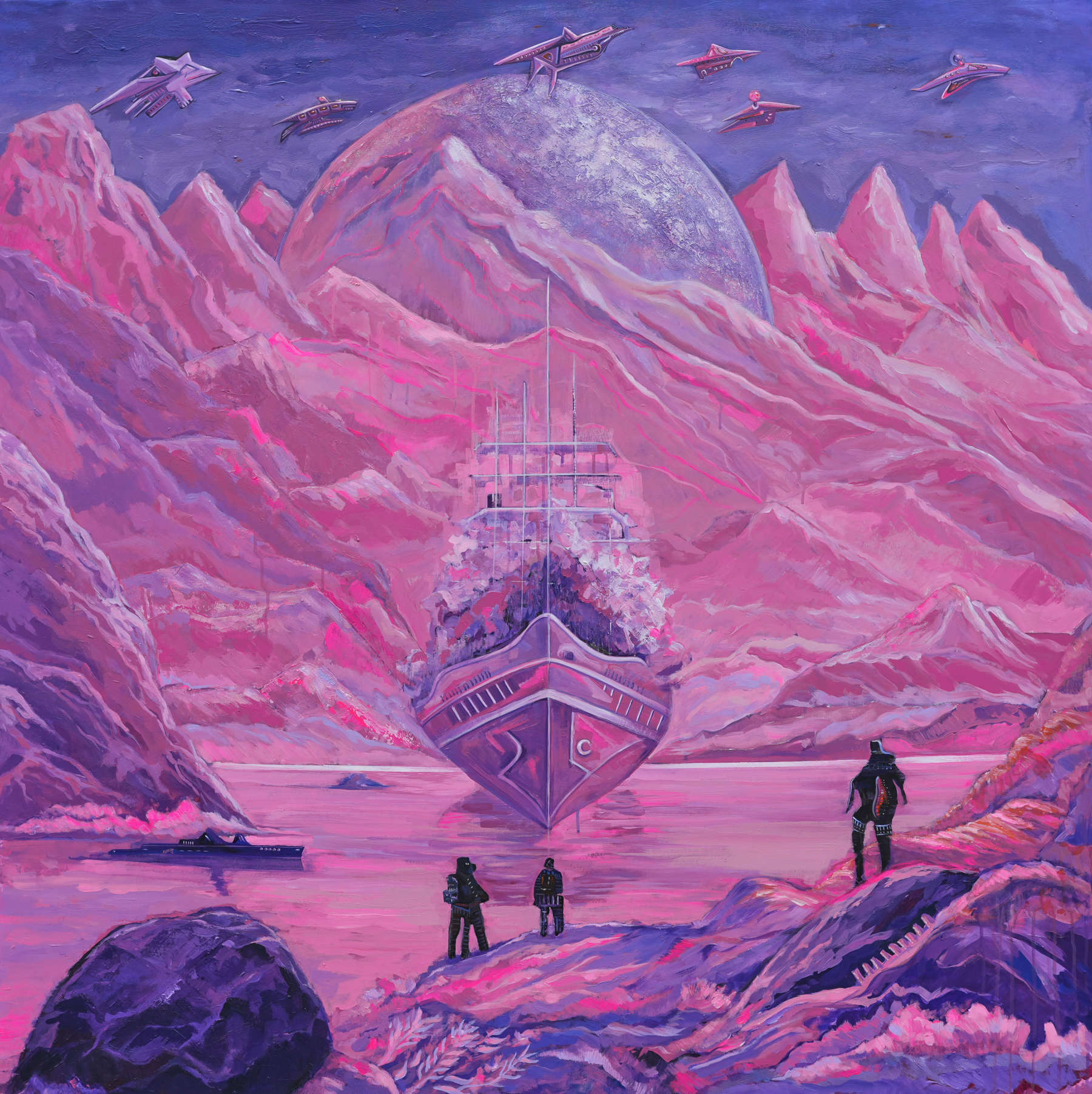
Azerbaijan
From Caspian to Pink Planet: I Am Here
Campo della Tana, Castello 2126/A
The group exhibition “From Caspian to Pink Planet: I Am Here” will showcase work from three Azerbaijani artists with distinct practices and upbringings, including sculptor and muralist Vusala Agharaziyeva, installation artist Rashad Alakbarov, and painter Irina Eldarova. Agharaziyeva’s Pink Planet (2024) installation project will showcase paintings, a sculpture, and digital installations inspired by 1950s and ’60s sci-fi imagery. Alakbarov’s installation I Am Here (2024) and Pangea (2024), a semi-abstract metal sculpture of the historical supercontinent, will also be exhibited. Co-curated by Italian art critic Luca Beatrice and Azerbaijani curator Amina Melikova, the exhibition will also feature Eldarova's Girls Prefer Oilmen (2013–14) series.
Bangladesh
The Contact
Spazio Espositivo Priuli Bon, Santa Croce 1979/A (San Stae)
More details to be announced.
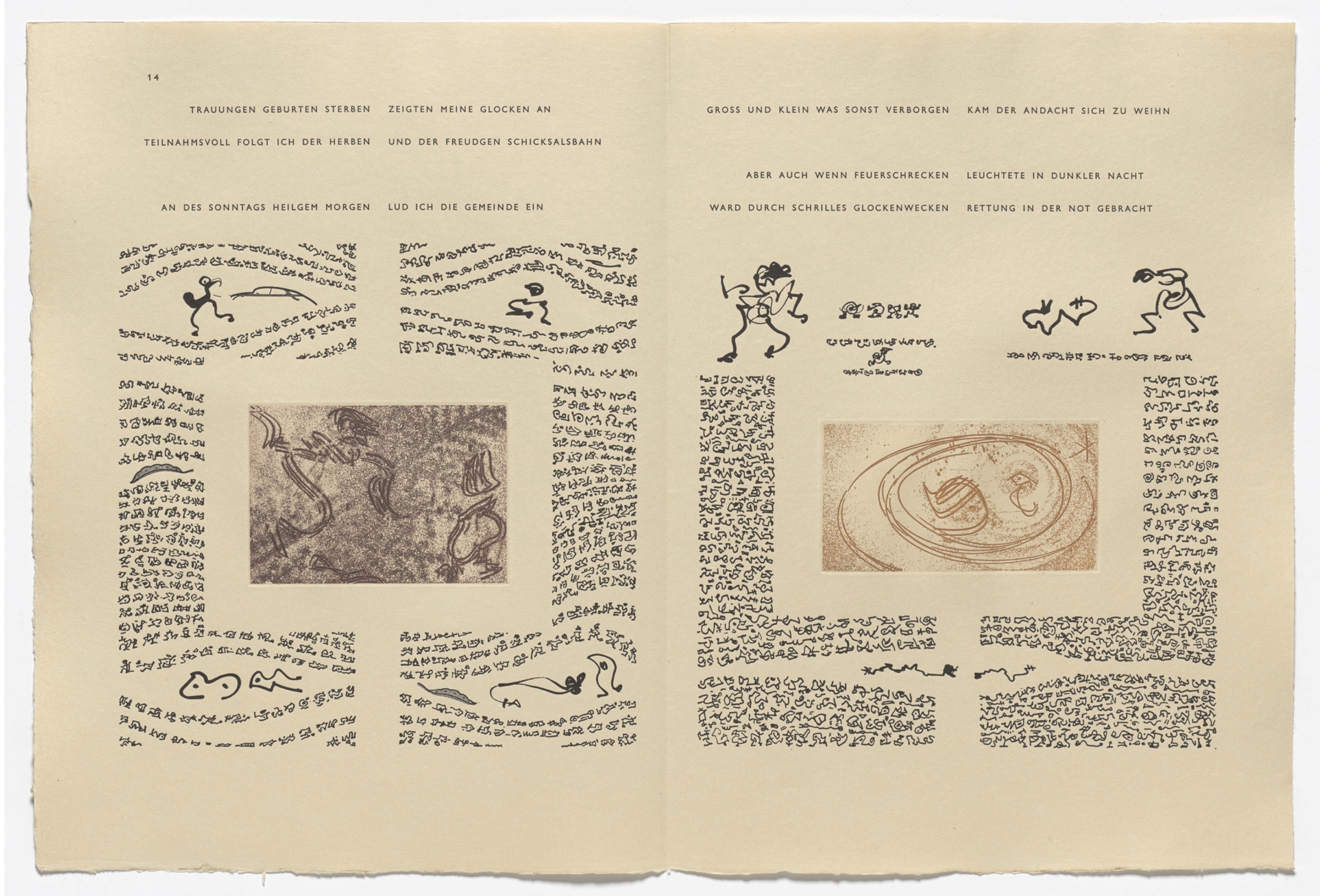%20from%2065%20Maximiliana%20or%20the%20Illegal%20Practice%20of%20Astronomy%20(65%20Maximiliana%20ou%20l'exercice%20ille%CC%81gal%20de%20l'astronomie).%201964%20_%20MoMA.jpg)
Georgia
The Art of Seeing—States of Astronomy
Palazzo Palumbo Fossati, San Marco 2597
The Georgian Pavilion at the 60th Venice Biennale is showcasing a collaborative project titled “Art of Seeing – States of Astronomy.” The project features 65 pieces of Maximiliana, or Illegal Practice of Astronomy, a work created in 1964 by Ilia Zdanevich and Max Ernst, along with its related archives. The art book associated with this project is dedicated to Wilhelm Ernst Tempel, a German astronomer and lithographer known for his unconventional approach to astronomy.

Hong Kong
Trevor Yeung: Courtyard of Attachments
Campo della Tana, Castello 2126
Curated by Olivia Chow of M+, the exhibition “Courtyard of Attachments” of Hong Kong in Venice showcases eight of Trevor Yeung’s artworks based on his personal experiences and observations of the relationships between humans and aquatic ecosystems. Yeung takes inspiration from his father’s seafood restaurant, pet shops, feng shui arrangements, and his connection with his pet fish during his childhood. The artwork mainly consists of fishless aquariums that highlight the notions of desire, power, absence, and attachment to address the social systems that structure our lives.
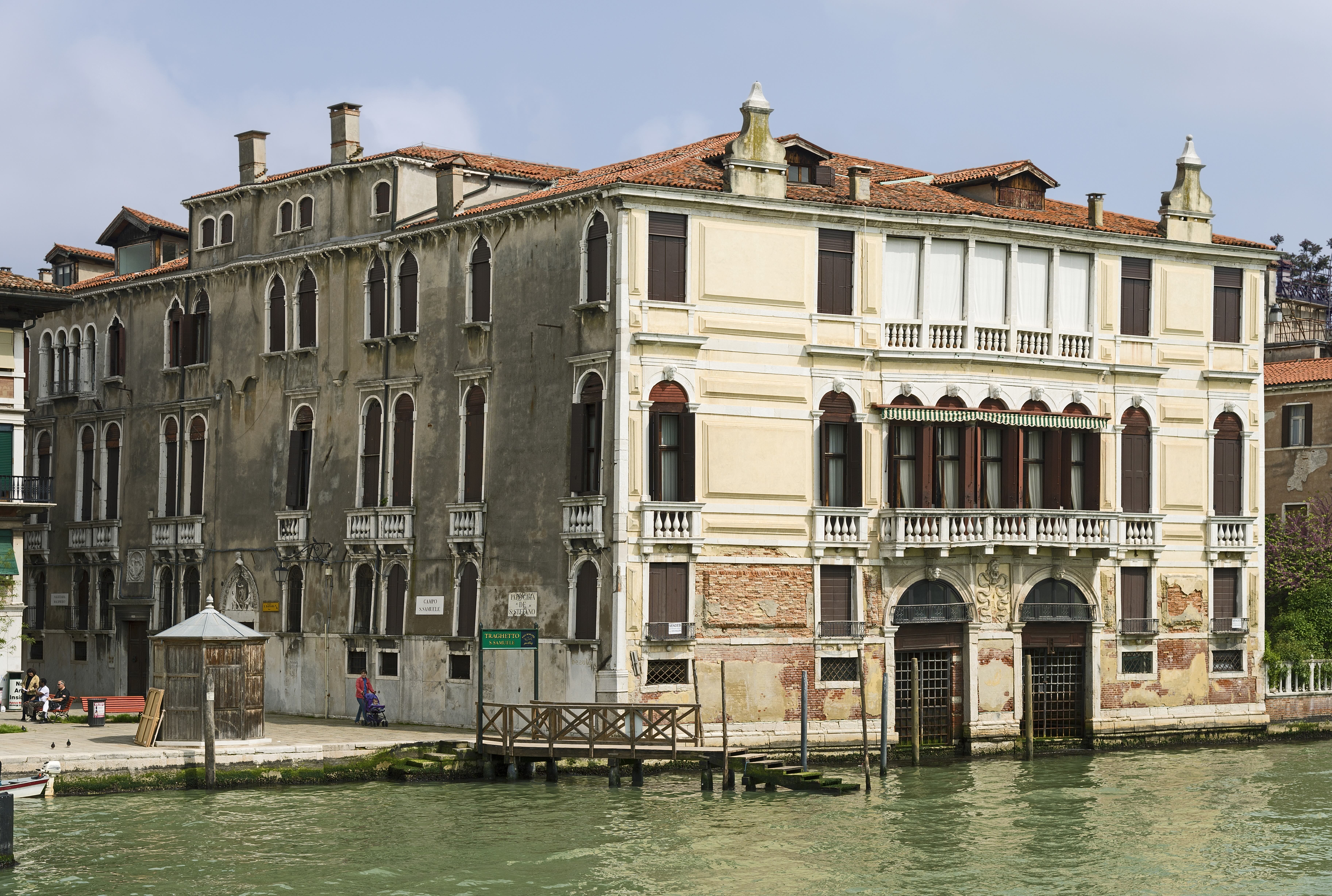
Iran
Of One Essence is the Human Race
Palazzo Malipiero, San Marco 3198
The Pavilion of the Islamic Republic of Iran will highlight the issue of women’s rights in the region. Works made by artists Fatemeh Ghafourian, Zeinab Ashoori Dahanehsari, M. Saber Sheykh Rezaei, Rasool Rabiei Dehnavi, and Hossein Mohseni take inspiration from the “Woman Life Freedom” movement that arose after Mahsa Amini, a 22-year-old Kurdish-Iranian woman, died in police custody. The show’s title is taken from a verse of a 13th-century poem, and represents a hymn to the unity of humankind, despite people coming from disparate walks of life.
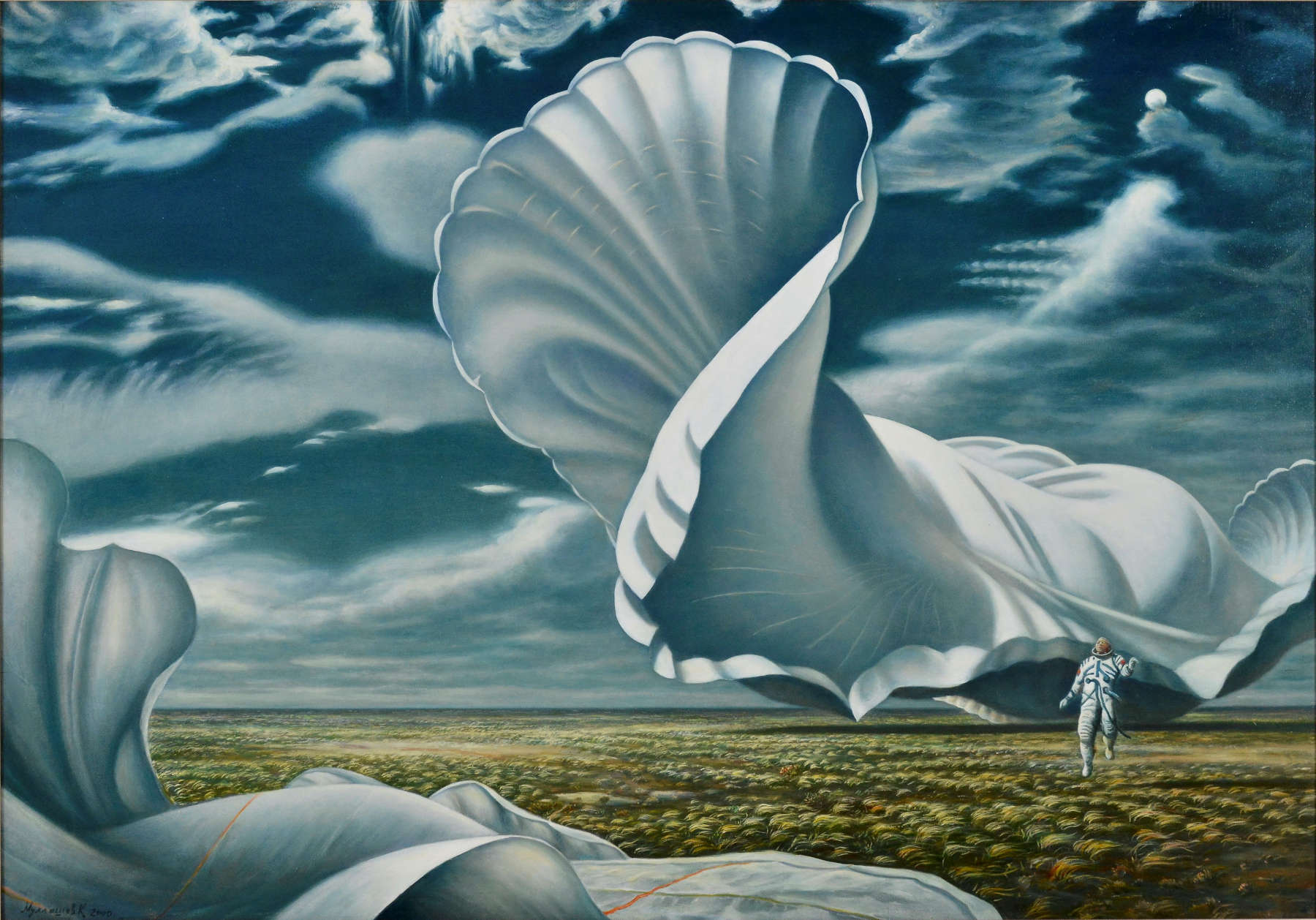
Kazakhstan
Jerūiyq: Journey Beyond the Horizon
Museo Storico Navale, Riva S. Biasio Castello, 2148
The Pavilion of the Republic of Kazakhstan’s second showcase, “Jerūiyq: Journey Beyond the Horizon,” will be curated by Danagul Tolepbay and Anvar Musrepov. Primarily a reference to the ancient legend of Jerūiyq, the presentation is also inspired by the visionary journey of 15th-century philosopher Asan Kaigy. Gathering key works by Kazakh artists from the 1970s to the present, Tolepbay and Musrepov aim to reveal the evolution of utopian thought, decolonial futurism, spirituality, modernism, and cosmism.

Mongolia
Discovering the Present from the Future
Arsenale Castello 2127A, Campo della Tana
Orchirbold Ayurzana’s exhibition for the Mongolia Pavilion, titled “Discovering the Present from the Future,” will feature an eponymous, interactive sculptural installation inspired by the Citipati dinosaur: two entangled, skeletal Buddhist deities said to represent death, impermanence, and eternal awareness (a modern interpretation of the Citipati views them as environmental guardians against climate change). Another main feature of the exhibition includes Ayurzana’s ongoing sculptural series Discovering Consciousness. The Pavilion is co-curated by Oyuntuya Oyunjargal, the cultural envoy of Mongolia to Germany, and Gregor Jansen, the director of Germany’s Kunsthalle Düsseldorf.

Oman
Malath – Haven
Palazzo Navagero Castello 4147
“Malath-Haven,” curated by artist and gallerist Alia Al Farsi, marks Oman’s second time participating in the Venice Biennale. The exhibition aims to evoke Oman’s historical multiculturalism by showcasing new works from Omani artists of diverse backgrounds and practices, including clay-based artist and Arabic calligrapher Essa Al Mufarji; textile artist Sarah Al Olaqi; interactive installation artist Adham Al Farsi; and stone sculptor Ali Al Jabri. The exhibition is commissioned by Oman’s Ministry of Culture, Sports and Youth.
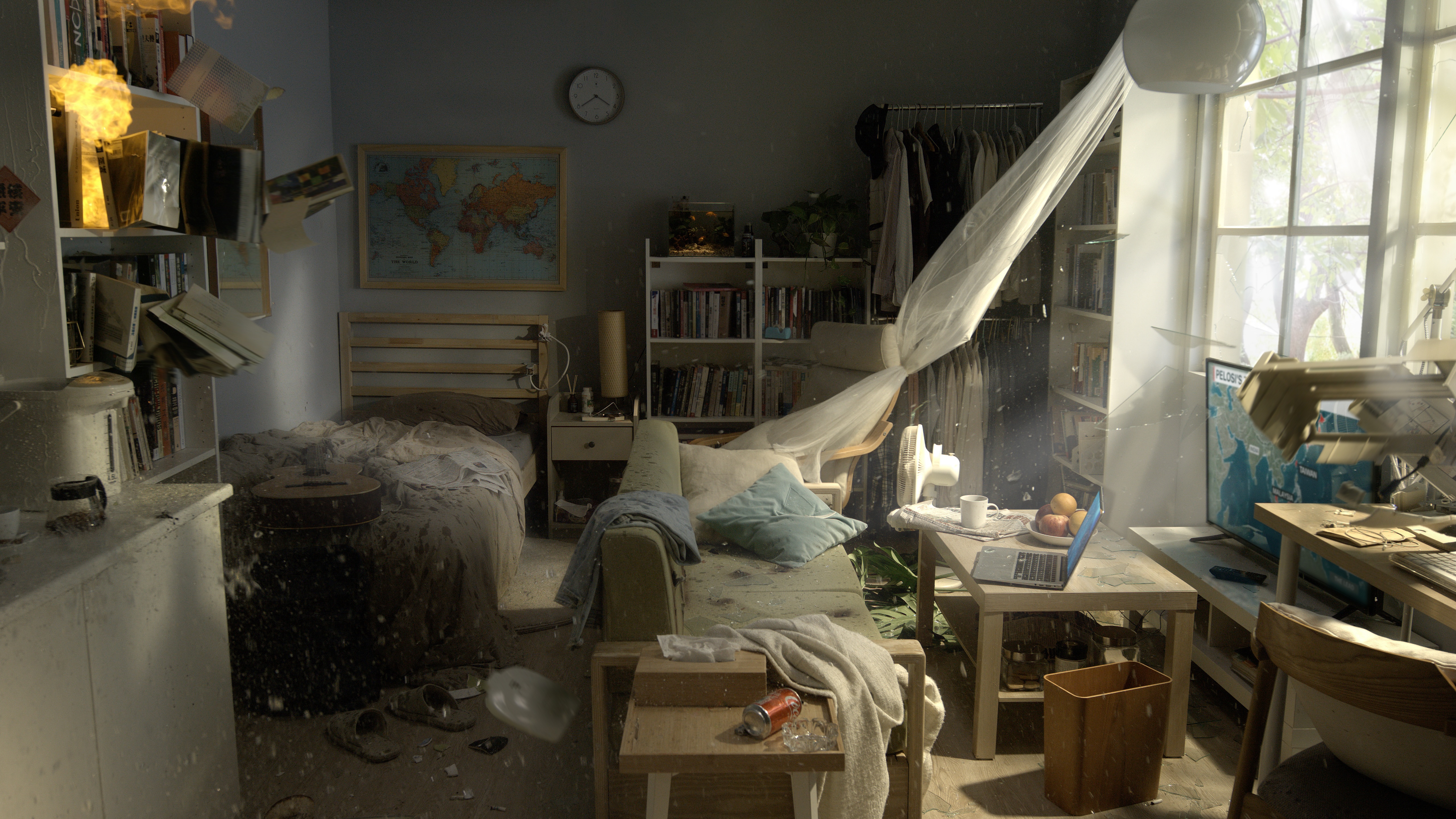
Taiwan
Yuan Goang-Ming: Everyday War
Palazzo delle Prigioni, Castello 4209
Taiwanese artist Yuan Goang-Ming’s solo exhibition in Venice, organized by the Taipei Fine Arts Museum and titled “Everyday War,” will feature six works, including videos and installations, two of which are new. Curated by Abby Chen, these works will showcase Yuan’s established practice in moving image. In Dwelling (2014) and Everyday Maneuver (2018), Yuan began an interrogation of the island’s precarious situation in videos that immerse viewers by playing with perception and the nature of existential fear. In the newly commissioned video Everyday War (2024), Yuan simulates a life-size living room being destroyed by bombs in scenes eerily reminiscent of recent conflicts.
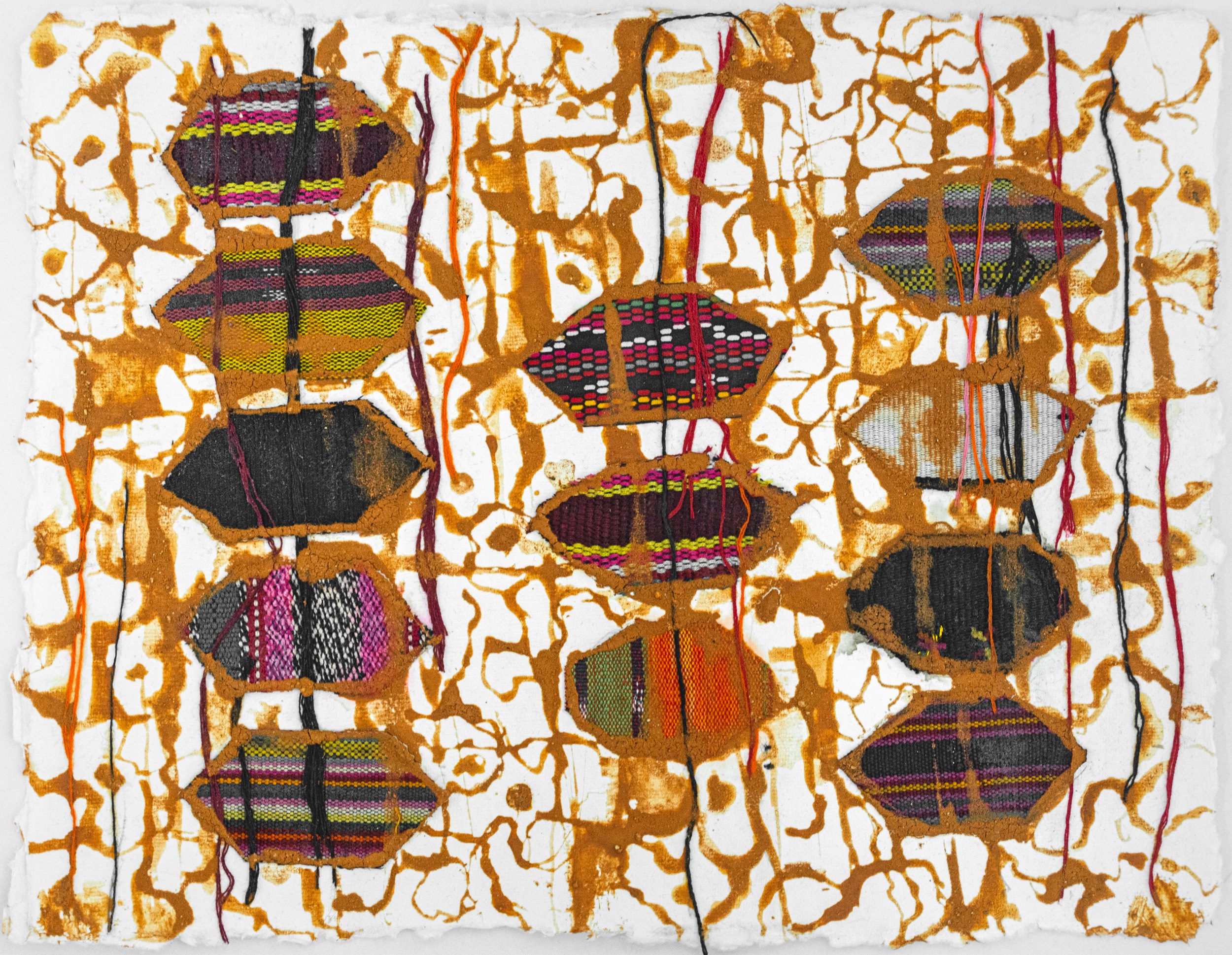,%20red%20earth,%20glue,%20sealer%20on%20paper,%2022%20x%2029%20cm.%20Photo%20by%20Juventino%20Madeira.%20Courtesy%20of%20the%20artist%20and%20Anna%20Schwartz%20Gallery,%20Melbourne.%20.jpeg)
Timor-Leste
Kiss and Don't Tell
Spazio Ravà, San Polo 1100
Timor-Leste’s inaugural pavilion at the upcoming 60th Venice Biennale will present Maria Madeira’s new project Kiss and Don’t Tell (2024), curated by Natalie King. Madeira’s exhibition coincides with the 22nd anniversary of Timor-Leste’s independence from Indonesia. Born in Timor-Leste, Maria Madeira was evacuated by the Portuguese air force during the Indonesian invasion in 1976. After eight years living in a refugee camp outside of Lisbon, her family immigrated to Australia. Around the time of Timor-Leste’s independence in 2002, she returned to participate in rebuilding the newest nation in Asia. One of the nation’s most recognized international artists, Madeira draws inspiration from her own experiences of displacement and diaspora as well as Timorese traditions and narratives.
